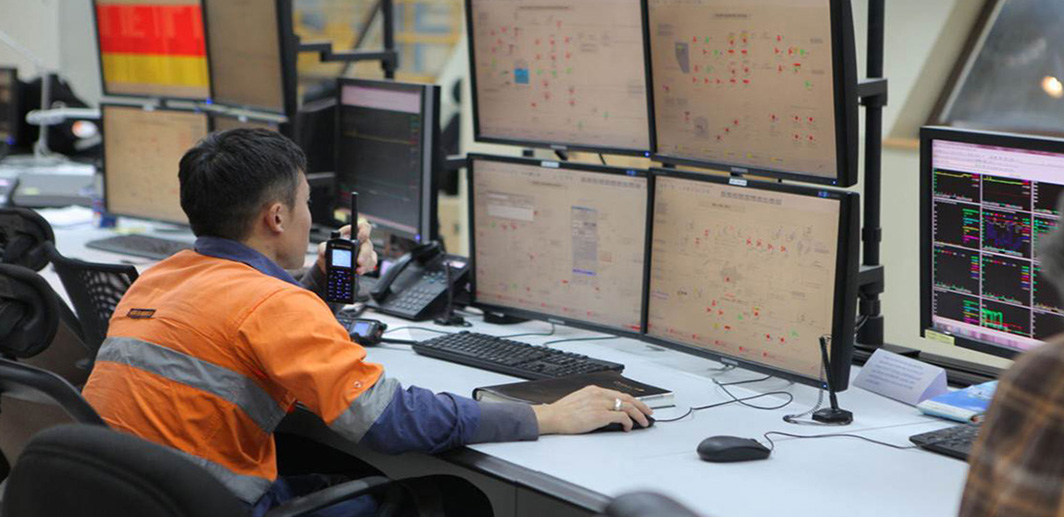GIS capacity building
Introducing next generation technologies to deliver greater efficiencies
In the Pilbara region of Western Australia, Rio Tinto operates the world’s largest integrated portfolio of iron ore assets. Rio Tinto’s Pilbara operations – which includes an integrated network of 16 iron ore mines, four port facilities, a 1700 kilometre rail network and related infrastructure – are designed to rapidly respond to changes in demand. These changes are supported by an operations centre based in Perth.
As Rio Tinto expands their operations, they are introducing next generation technologies to enable greater efficiencies that lower production costs and improve health, safety and environmental performance.
A data driven approach to mining activities
Rio Tinto Iron Ore (Rio Tinto) champions a data driven approach to mining activities by leveraging location intelligence across a range of business units. From ground disturbance to environmental monitoring, the use of location data is pivotal to business operations and efficiency.
Through a modernisation program for their Geographic Information System (GIS), Rio Tinto saw the need to build capacity for their workforce to leverage the Enterprise Esri system they had previously implemented. Given that most GIS users at Rio Tinto are not trained in GIS, it was imperative that capacity building through training was provided to promote organisational awareness and productivity.

“NGIS has done a great job running our Arcgis training throughout the year and we have received a lot of positive feedback.”
Ben Jackson, Superintendent, GIS, Rio Tinto
Tailored Esri ARCGIS training for Rio Tinto
NGIS Australia worked in close collaboration with Rio Tinto Iron Ore to design a GIS training program that would enable the effective use of Esri technology across the business. The implementation of the training program included the following activities.
Design
The training program design involved engaging with the Rio Tinto team to understand the key use cases and requirements for their GIS users. The resulting program and subsequent schedule were designed in collaboration with the corporate learning and development unit and included accommodating their site-based users in the Pilbara. The result saw the development of 12-month schedule of courses to be delivered in Perth and on some remote sites.
Development
The training material was custom built for Rio Tinto by incorporating their use cases and data. By combining Rio Tinto’s information with existing NGIS training material, the tailor-made Rio Tinto ArcGIS Foundations course was created to provide in-context training that encapsulates the organisations standard operating procedures and addresses a number of other specified learning outcomes.
Delivery
The Esri ArcGIS training was delivered by qualified NGIS trainers who have extensive experience with servicing the Australian resources industry. Over 20 training courses have been scheduled or delivered and over 200 Rio Tinto employees in Perth and the Pilbara have now been trained in the use of the organisations GIS.
Monitoring and evaluation
An important component of any capacity building project is monitoring and evaluation. By revisiting the course material systematically, the NGIS trainers have been able to evolve the training program and content and provide constant feedback regarding the opportunity and use of GIS for the business.
Does your team require tailored GIS Training?
“Jack Green is very knowledgeable and is a great presenter. The course is structured well with a good balance of theory, demonstrations and exercises.”
Ben Jackson, superintendent, GIS, Rio Tinto

